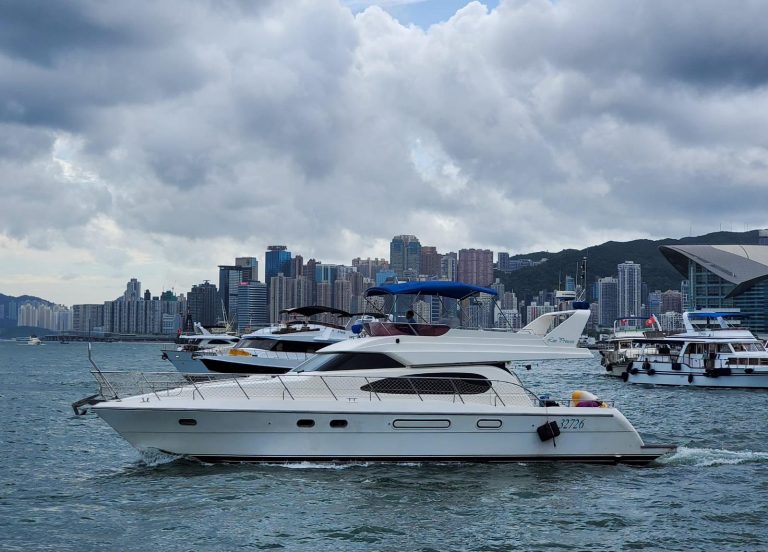Hong Kong is setting sail towards a more vibrant marine tourism future with an ambitious plan to transform its yachting landscape. The city’s latest policy address reveals a strategic initiative to introduce five new overnight anchorages, directly addressing a long-standing challenge that has historically deterred international sailors from fully experiencing Hong Kong’s maritime potential.
Lawrence Chow, chairman of the Hong Kong Boating Industry Association (HKBIA), has warmly welcomed these developments, recognizing them as crucial first steps in revitalizing the city’s marine tourism sector. The primary obstacle that these new anchorages aim to resolve is the limited availability of berthing spaces, which has previously discouraged foreign yachts from extended stays in the region.
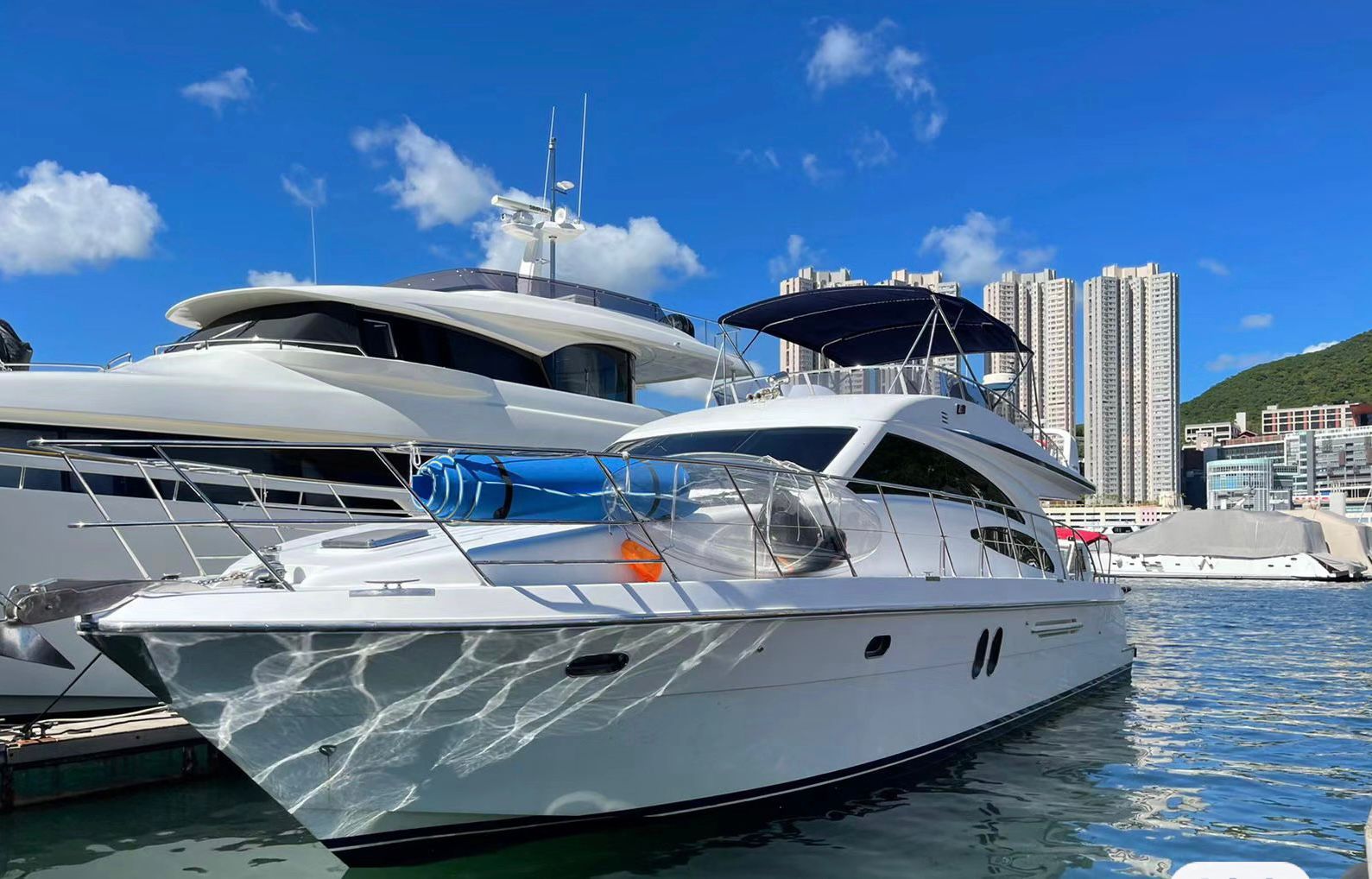
The Marine Department’s proposed changes go beyond simply adding new anchorages. In a significant policy shift, foreign yachts will soon be able to navigate Hong Kong waters without the cumbersome requirement of advance berth reservations. This liberalization is scheduled to take effect in the second half of 2026, promising greater flexibility for international sailors.

However, industry experts like Chow emphasize that the success of these anchorages depends on comprehensive supporting infrastructure. Crucial amenities such as convenient landing points, onshore toilets, and efficient garbage collection stations will be essential in creating a seamless experience for yacht visitors. Without these facilities, the full potential of the new anchorages might remain unrealized.
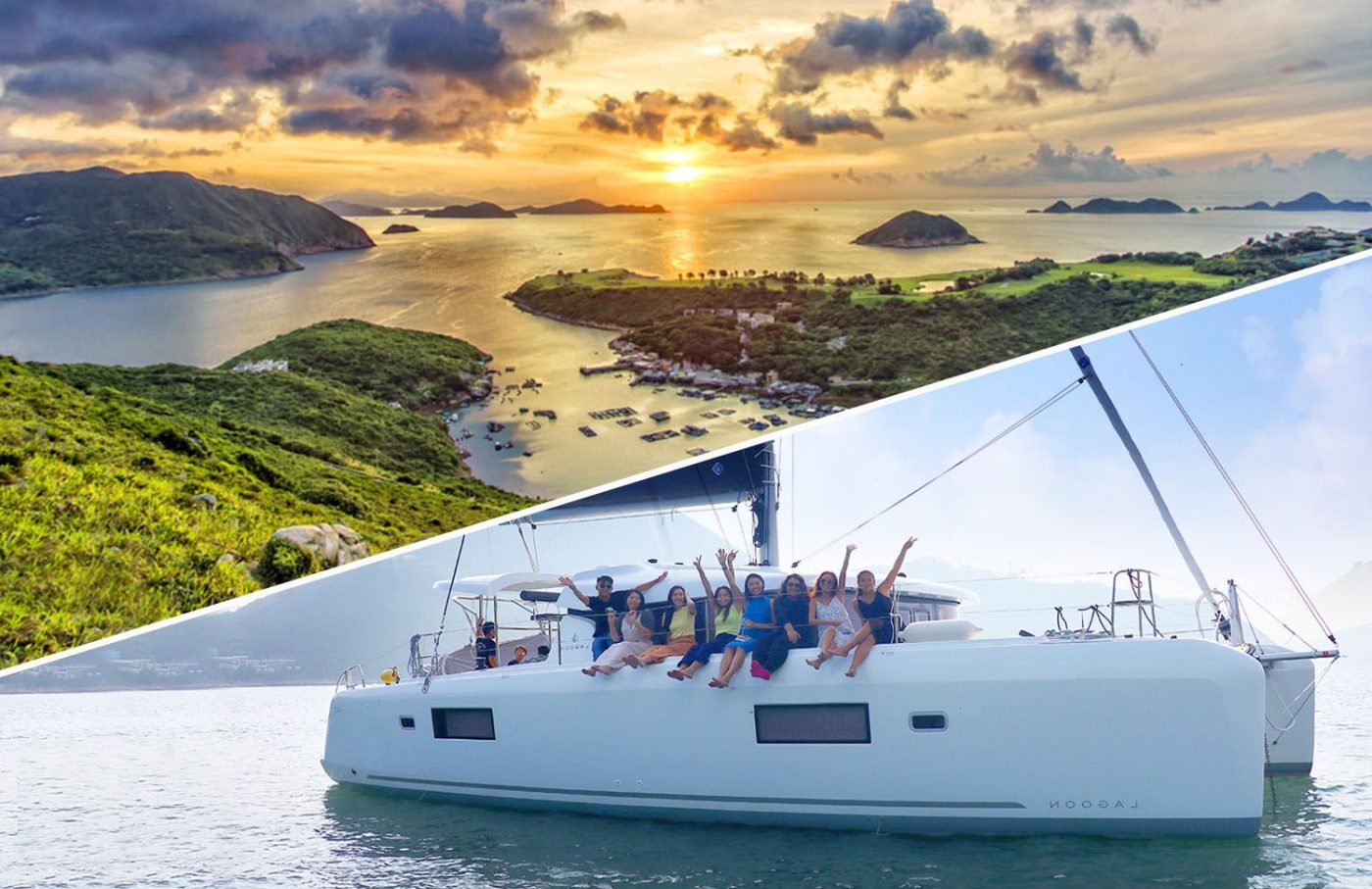
Complementing these maritime improvements, authorities are collaborating with eight mainland institutions to implement a local waters knowledge assessment for yacht captains. This innovative approach will allow captains to complete necessary examinations before arriving in Hong Kong, further streamlining the navigation process and enhancing the city’s appeal as a sailing destination.
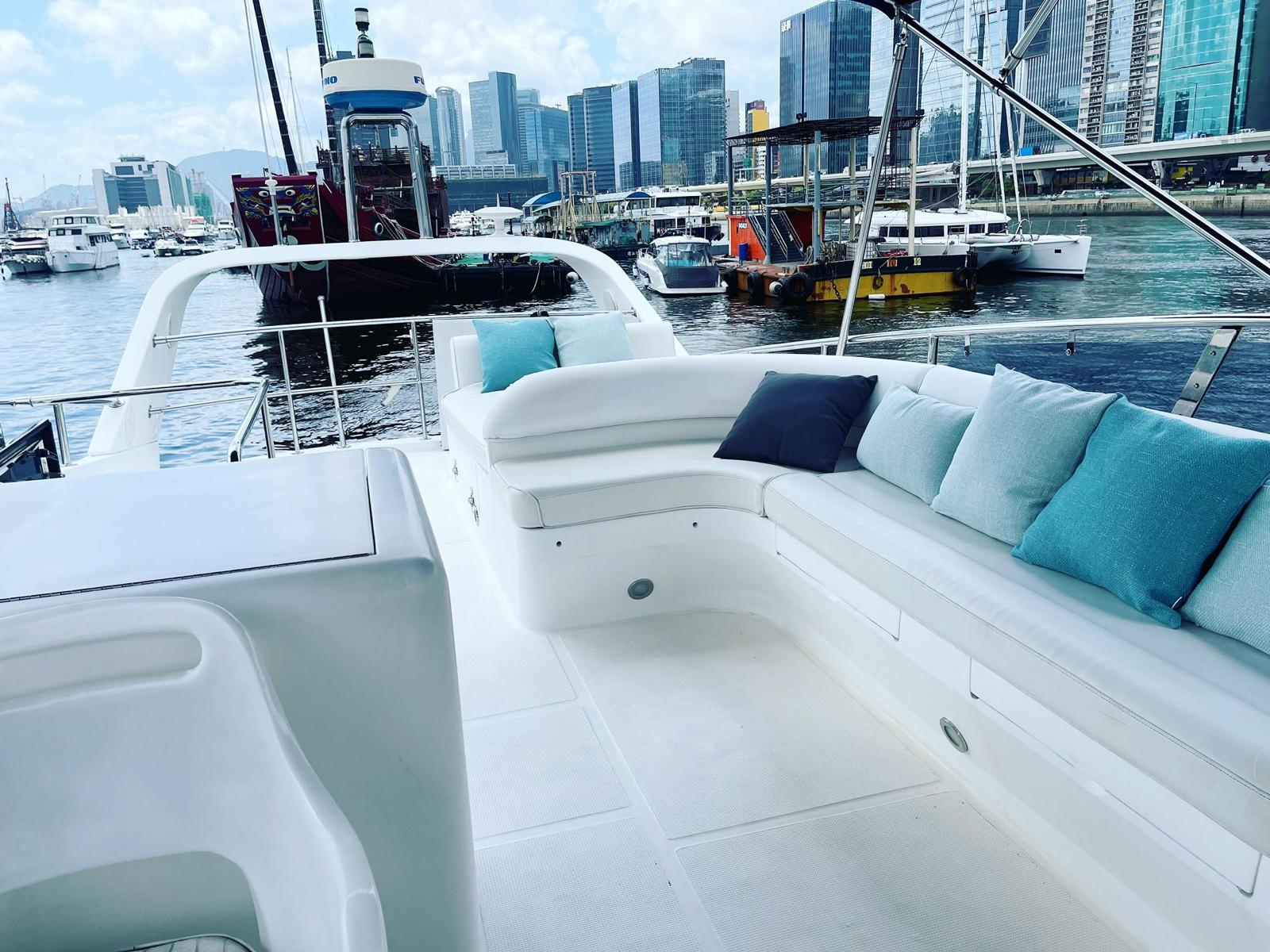
Lawmaker Benson Luk Hon-man has provided additional strategic insights, highlighting that several new anchorages are strategically positioned near popular tourism hotspots. He advocates for enhanced shore-transfer facilities to encourage yacht visitors to explore local attractions and stimulate economic activity. Luk has also proposed developing water-based activities like island-hopping tours, which could significantly enrich the tourist experience.
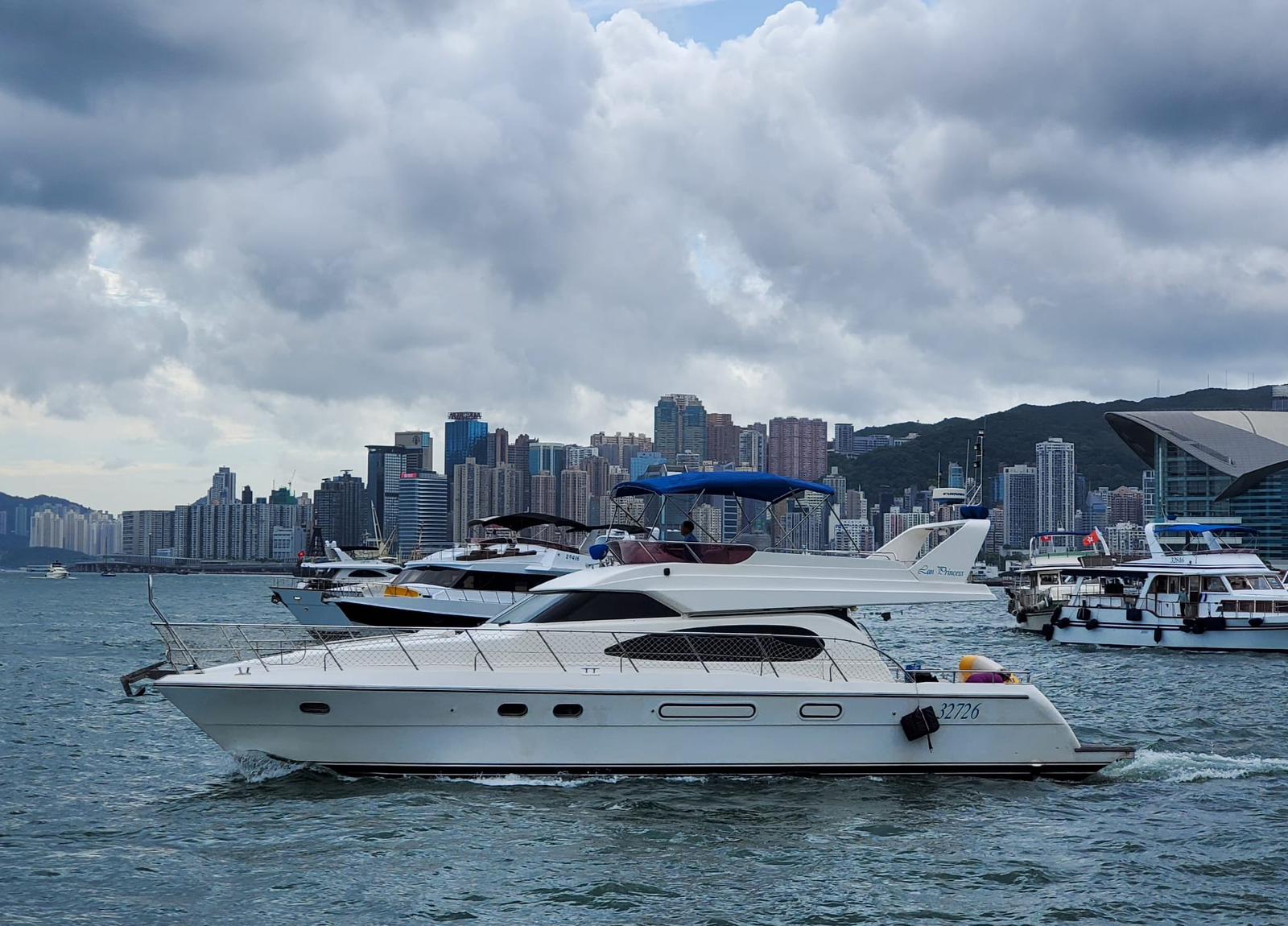
These initiatives represent more than just infrastructure improvements; they signal Hong Kong’s commitment to positioning itself as a premier marine leisure destination. By systematically addressing berthing limitations and improving accessibility, the city aims to attract a growing number of international yacht enthusiasts.
The broader implications are promising. Stakeholders are optimistic about the potential influx of visitors, viewing these developments as a catalyst for economic growth in the marine tourism sector. However, they also stress the importance of comprehensive planning to ensure that new facilities meet the diverse needs of both yacht owners and tourists.
As these ambitious policies progress, Hong Kong stands at the cusp of transforming its maritime landscape. The city could potentially solidify its reputation as a key hub for marine leisure in the region, provided that supporting infrastructure continues to evolve in tandem with its policy goals.
For those interested in tracking these exciting developments, local news sources like The Standard app offer comprehensive coverage of such significant local initiatives. The journey towards becoming a world-class marine tourism destination has clearly begun, with Hong Kong charting a promising course forward.








